~3.jpg&newheight=260&quality=80)
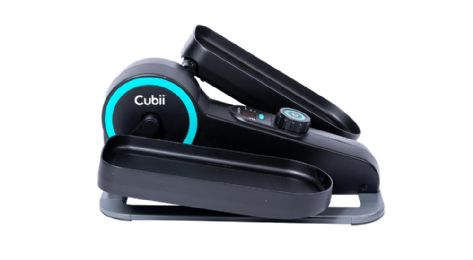


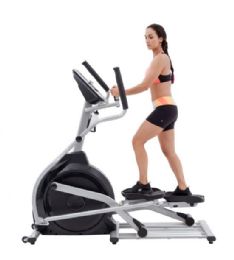
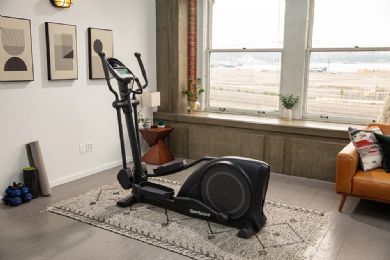

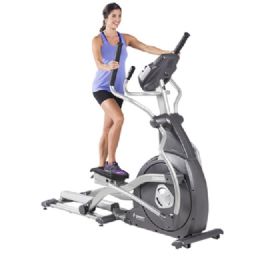

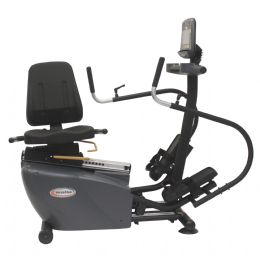
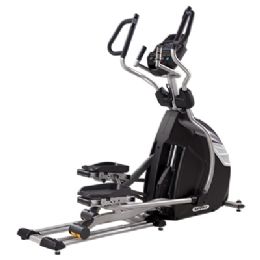


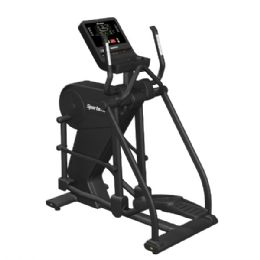
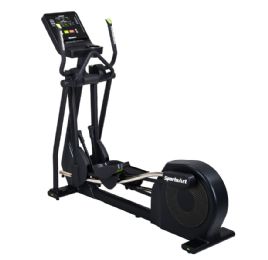
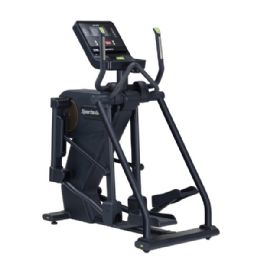
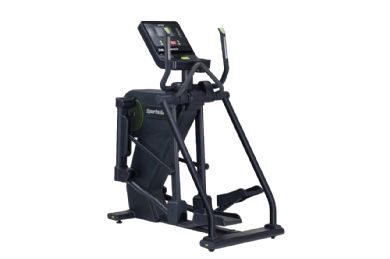
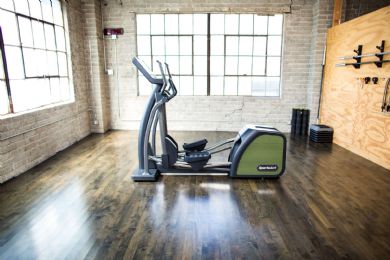
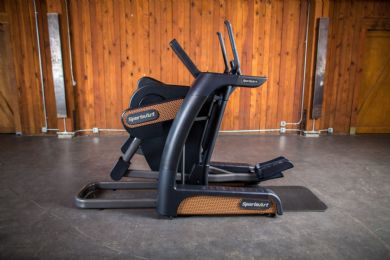
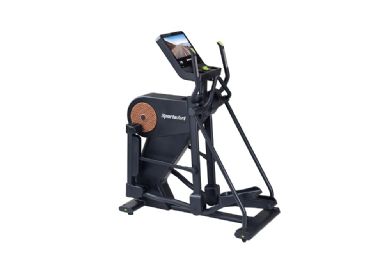
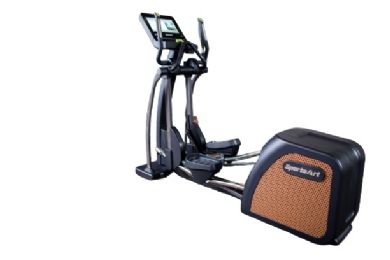
What is an Elliptical Bike?
An elliptical trainer is a popular exercise machine for beginners and professional athletes in fitness studios, multi-family housing units, gyms, and single homes due to its minimal-impact, high cardiovascular workout. An elliptical trainer has suspended pedals that move on a track with adjustable resistance to make the workout easy or more rigorous. Because the elliptical motion is fluid, there is a low impact force on the user’s joints and bones and little or no jarring or stress on the body’s spinal structures. This makes the elliptical a safer exercise option if the user has low-back pain, knee or hip pain, or other health conditions like arthritis or osteoporosis.
An elliptical workout provides a very efficient cardiovascular workout and a great lower body workout to build strength and stamina. When using an elliptical trainer, the user can also work the arms, shoulders, back, chest, and lower body muscles. Some elliptical trainers can reverse direction. Doing so helps the user isolate specific muscles, which is harder to do with using a treadmill.
Elliptical Trainer vs. a Treadmill
An elliptical cross-trainer and treadmill are two of the most popular indoor aerobic exercise machines that simulate a natural running or walking motion to boost cardio fitness. The primary difference between the two is that a treadmill allows the user to walk or run on a moving belt with control over the speed and the treadmill’s incline. With an elliptical machine, the user places their feet on a platform and moves in strides. The problem with using a treadmill is it can put more stress on the user’s bones and joints compared to working out on an elliptical trainer. Treadmills work for fewer muscle groups and don’t target as many muscle groups as an elliptical trainer.
Due to its low impact exercise, an elliptical trainer is gentle on the user’s joints, making it safer for people living with arthritis or slight joint pain. Even a low-impact machine can provide a high-intensity workout and will strengthen the muscles in the user’s lower body. Targeted muscle groups include the glutes, hip flexors, and quadriceps. Most elliptical trainers have movable arms that allow the user to push them back and forth at the same time your legs move, helping to tone and strengthen the user’s whole body.
Four Different Types of Elliptical Trainers
Almost all elliptical exercise equipment is available with a variety of options to assist the user with his exercise achievements. Many machines come with heart rate monitors that allow users to track their heart rate during exercise. Other options may include an LCD screen that provides feedback to users such as calories burned, distance, and time elapsed. Some elliptical machines will also include various exercise programs such as interval training, hill training, specific heart-rate training, and various resistance levels to increase the intensity of a workout.